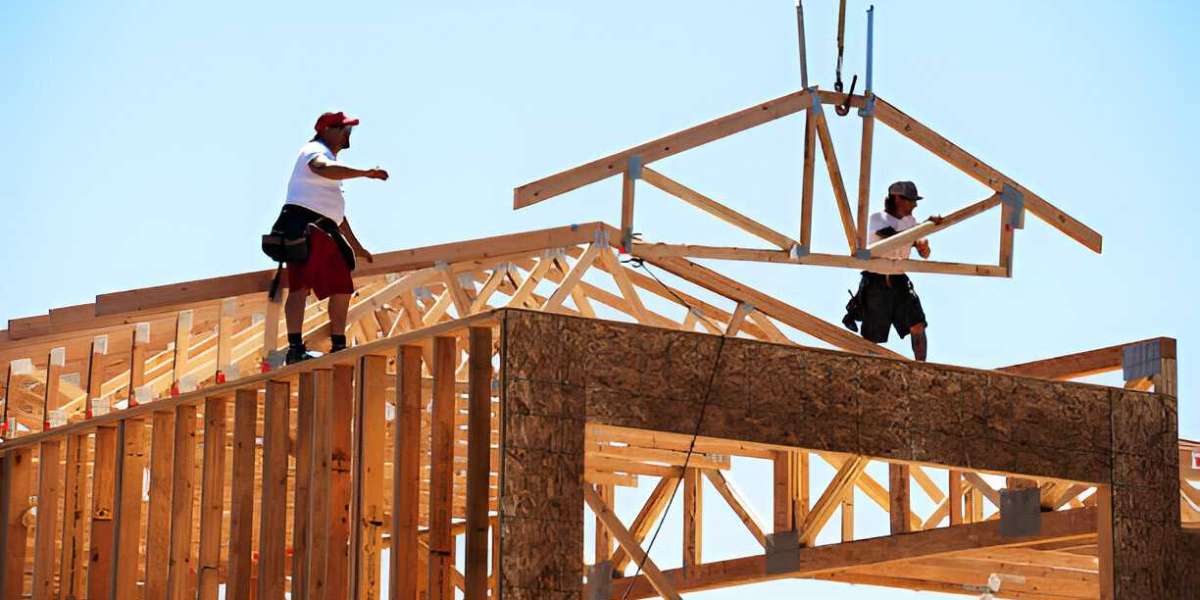Framing is one of the most crucial stages in home construction, laying the foundation for both structural integrity and aesthetic appeal. Selecting the right lumber for framing your home is essential, as it affects everything from the building's durability to its overall energy efficiency. In this article, we will explore various types of lumber, how to assess their quality, and important considerations for framing your home.
Basics of Lumber Types
When considering lumber for framing your home, it’s vital to understand the different types available. The most common types of lumber used in home framing include softwoods, hardwoods, and engineered wood products.
Softwoods
Softwoods, such as pine, fir, and cedar, are the most commonly used materials for framing. They are generally more affordable and readily available. Softwoods are lightweight, easy to work with, and have excellent strength-to-weight ratios. Cedar, in particular, is popular for its natural resistance to decay and insect damage, making it ideal for outdoor structures like decks and porches.
Hardwoods
Hardwoods, including oak and maple, are denser and stronger than softwoods. However, they are not typically used for framing because of their higher cost and weight. Hardwoods may be more suitable for specific applications, such as cabinetry or flooring, where durability and aesthetic appeal are paramount. When framing your home, focus on softwoods and engineered wood products to keep costs manageable.
Engineered Wood Products
Engineered wood products like laminated veneer lumber (LVL) and oriented strand board (OSB) offer unique benefits. These materials are designed to enhance strength and stability, making them suitable for large spans and load-bearing applications. They are also less prone to warping and splitting than traditional lumber. When framing your home, consider using engineered wood products for critical structural components, as they can provide a superior alternative to standard lumber.
Assessing Lumber Quality
Selecting the right lumber goes beyond knowing the types; assessing the quality of the wood is equally important. High-quality lumber is free from defects such as knots, splits, or warping. Here are some key indicators of quality lumber:
Grading
Lumber is graded based on its strength and appearance. The American Lumber Standard Committee (ALSC) regulates lumber grading. Select lumber graded as "select" or "premium" for the best structural integrity. These grades indicate fewer knots and defects, providing a solid foundation for framing your home.
Moisture Content
The moisture content of lumber can significantly impact its performance. Lumber that is too wet may shrink and warp as it dries, compromising the integrity of your framing. Ideally, you want lumber with a moisture content of 19% or lower. You can use a moisture meter to assess the wood's moisture level before purchasing.
Treatment and Preservation
Consider whether the lumber has been treated for resistance to rot and insects. Pressure-treated lumber is commonly used for parts of the home exposed to moisture, such as in basements and exterior framing. Treated lumber is more resistant to decay and pests, enhancing the longevity of your framing. Ensure that the lumber you select for framing your home meets your needs for durability and resistance.
Choosing the Right Size and Dimensions
The size of the lumber is a critical consideration when framing your home. Standard sizes include 2x4, 2x6, and 2x8, but the size you choose will depend on various factors, including the design of your home and the load-bearing requirements.
Stud Spacing
In framing, studs are vertical supports that form the walls of your home. The typical spacing for studs is either 16 or 24 inches apart. If your design requires more strength, opt for 16-inch spacing, which allows for more support and reduces the risk of sagging or bowing. For interior non-load-bearing walls, 24-inch spacing may be sufficient, providing a cost-effective solution while maintaining structural integrity.
Beam and Header Sizes
When framing doors, windows, and load-bearing walls, you may need to use larger beams and headers to support the weight above. Consult with a structural engineer or general home contractors in LA to ensure you select the appropriate size and type of lumber for these critical components. Properly sized beams and headers will help distribute weight evenly, preventing sagging and enhancing the overall stability of your home.
Considering Environmental Factors
In addition to the type and quality of lumber, consider the environmental factors that can affect your choice.
Climate
The climate in your region plays a significant role in selecting the right lumber. In areas with high humidity, choose wood that is treated or naturally resistant to moisture. For regions prone to termites, like Southern California, consider pressure-treated lumber or species such as cedar or redwood that deter pests.
Sustainability
As homeowners become more environmentally conscious, selecting sustainably sourced lumber is essential. Look for lumber certified by organizations like the Forest Stewardship Council (FSC) to ensure it comes from responsibly managed forests. This not only benefits the environment but can also enhance the value of your home in the long run.
Role of Proper Installation
Even the best lumber can underperform if not installed correctly. Therefore, it is crucial to hire skilled professionals who understand the nuances of framing your home.
Importance of Skilled Labor
Hiring qualified contractors can make a significant difference in the outcome of your framing. Skilled professionals will know how to properly align and secure the lumber, ensuring the structural integrity of your home. They will also be familiar with local building codes and regulations, which can save you time and potential legal issues down the line.
DIY vs. Hiring Professionals
While DIY projects can be rewarding, framing is a complex task that requires expertise. If you're not experienced in construction, it may be best to hire professionals. Not only will this ensure that the job is done correctly, but it can also provide peace of mind. Mistakes in framing can lead to costly repairs in the future.
Connecting with Other Areas of Your Life
Just as selecting the right lumber for framing your home requires careful consideration and planning, so does maintaining your overall well-being. Incorporating practices like Reiki healing online can help create a balanced environment. Many homeowners find that maintaining mental clarity and focus through such holistic practices contributes positively to the energy within their homes, enhancing the comfort and livability of their space.
Conclusion
Choosing the right lumber for framing your home is a multifaceted process that involves understanding the types of wood available, assessing their quality, considering environmental factors, and ensuring proper installation. By investing the time and resources to make informed decisions, you will lay a strong foundation for your home that stands the test of time. Whether you are building from scratch or renovating an existing structure, the lumber you select is critical to the durability, safety, and beauty of your home. Always consult with professionals to guide you through this process, ensuring that every aspect of your framing is executed with precision and care.








